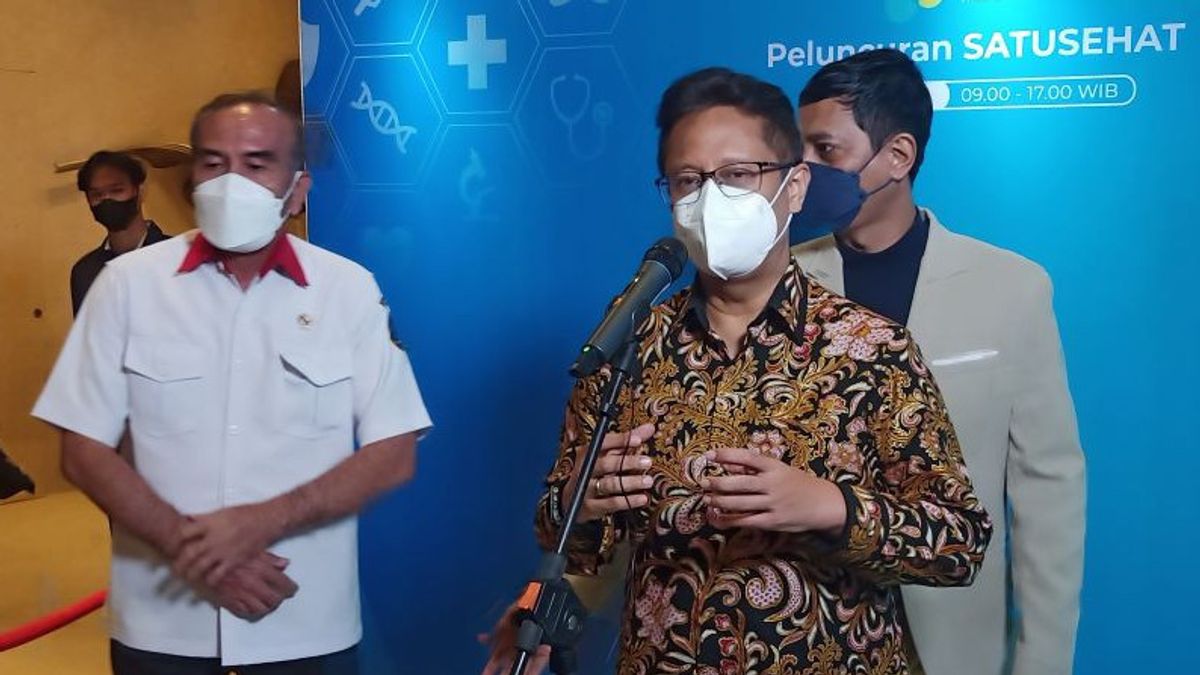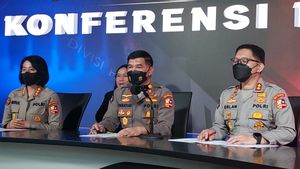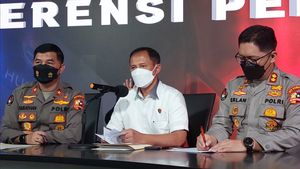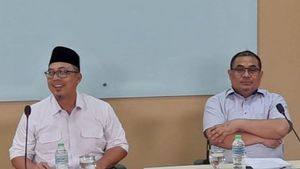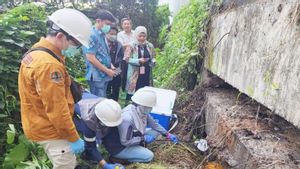JAKARTA - Minister of Health, Budi Gunadi Sadikin, stated that the results of laboratory examinations of specimens from nine patients with suspected monkeypox status in Indonesia were all negative, none of which was confirmed to have a disease caused by the virus infection.
"So far, there are suspected to be around nine patients, spread throughout Indonesia. But we have tested it in Jakarta and all of them showed negative results", he said after the launch of the SatuSehat Platform at the Raffles Hotel, Jakarta, Tuesday, July 26.
He said that the government had provided reagents for RT-PCR examinations to detect the virus that causes monkeypox in laboratories.
"We have also purchased (reagents), hopefully, it will come later from China", he said.
The Minister of Health said that the virus that causes monkeypox is easier to identify than the SARS-CoV-2 type Coronavirus that causes COVID-19.
"Because the monkeypox virus (monkeypox) is bigger (in size) than the SARS-CoV-2", he said.
"In addition, symptoms can be seen from those that appear on the surface of the skin, such as lesions (small spots filled with fluid) on the hands and face, changes in skin color to redness, swelling in the groin area", he added.
SEE ALSO:
Budi said that monkeypox is generally experienced by certain groups of people, including men who like the same sex.
"Indeed, the transmission is relatively high, the same as HIV/AIDS", he said.
The Ministry of Health activates a surveillance system and monitors groups that are prone to contracting monkeypox to prevent the transmission of the disease.
Monkeypox is reported to have infected more than 16,000 people in 75 countries, including several countries in Asia.
According to information published on the official WHO website, monkeypox can be transmitted from animals to humans through direct contact with blood, body fluids, or skin and mucosal lesions of animals infected with the virus that causes monkeypox.
While transmission of monkeypox from human to human can occur due to contact with respiratory tract secretions, skin lesions from infected people, or objects contaminated with the virus.
According to WHO, increasing awareness of risk factors for disease transmission and educating the public about the actions that need to be taken to reduce the risk of transmitting the virus are the main strategies for preventing transmission of monkeypox.
The English, Chinese, Japanese, Arabic, and French versions are automatically generated by the AI. So there may still be inaccuracies in translating, please always see Indonesian as our main language. (system supported by DigitalSiber.id)
